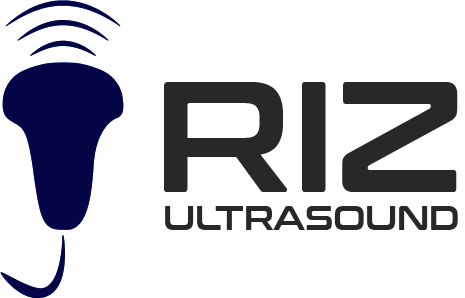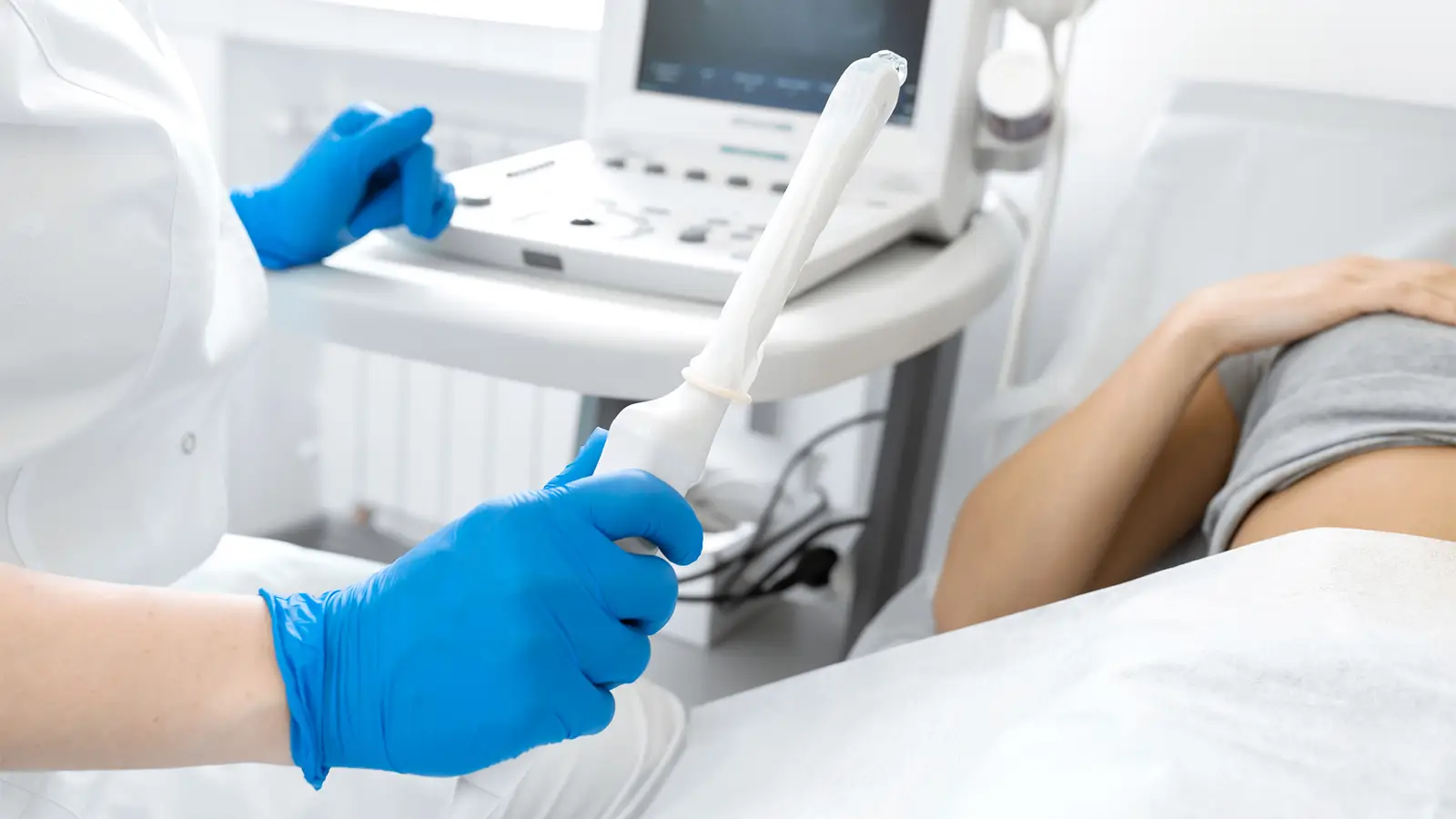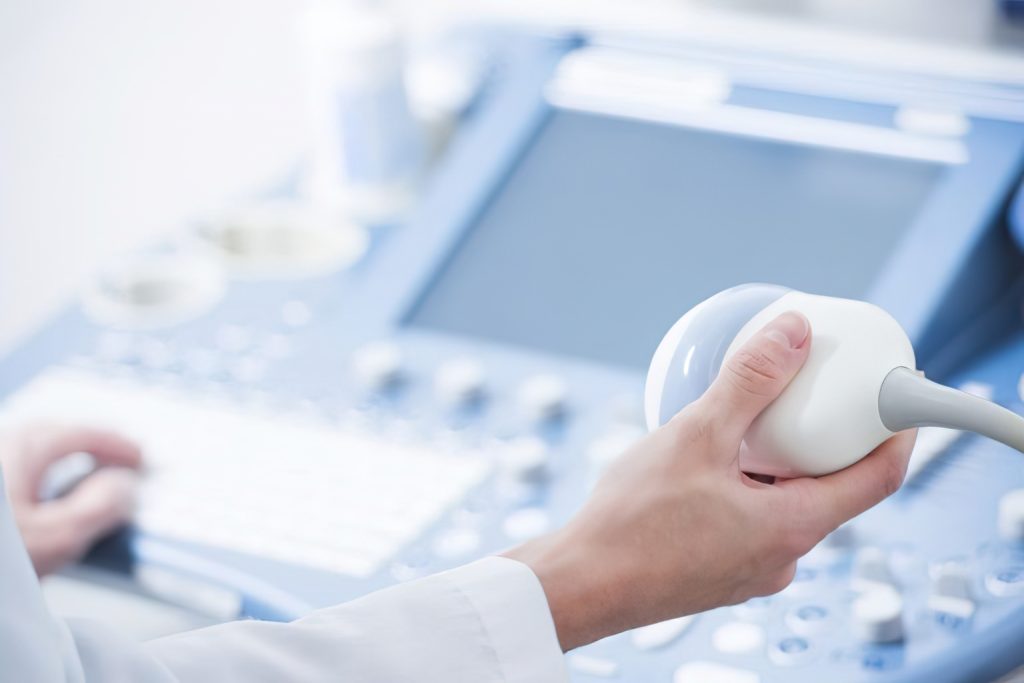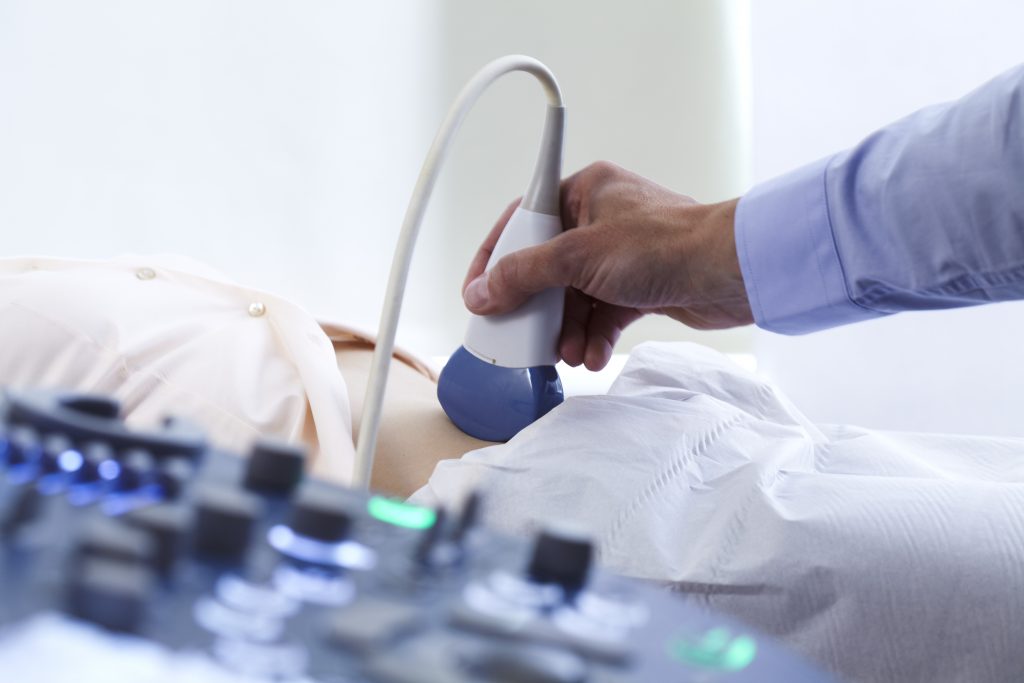There are multiple types of cysts that can develop inside or on your ovaries. Cysts are abnormal growth that can form due to different reasons. Most of these cysts are not harmful and cause no serious health issues. They go away on their own without any treatment plan. But sometimes, you need treatment and proper care to deal with ovarian cysts. These cysts can lead to other health complications. An Ovarian Screening can help to see the size, location, and causing factors of cysts.
This article helps you learn about ovarian cysts and how to diagnose them using ovarian ultrasound.
What is an Ovarian Cyst?
It is a sac filled with semisolid material that can occur on or inside your ovaries. When it comes to ovaries, they are responsible for making hormones, such as progesterone and estrogen. There are multiple types of cysts that can form. You may not experience symptoms at first, but it can cause multiple signs if they are harmful.
Untreated harmful cysts can lead to health complications. Visiting your healthcare provider can help in preventing the appearance of these symptoms.
What are the Cyst Types?
Some are known as functional cysts and they form when your body changes during the menstrual cycle. It has the following types:
Functional Cysts
A most common type of cysts is functional cysts as they form due to ovulation. These represent the proper functioning of ovaries in your body. They can shrink over time. You can experience:
Corpus luteum cysts
When a follicle releases an egg, it can lead to corpus luteum which is a hormone-producing group of cells.
Follicular cysts
A follicle is a small sac in the ovary that is responsible for releasing an egg each month which is considered a part of the menstrual cycle.
What are other types of cysts?
Certain types of cysts can form due to other reasons. These types of cysts include:
Endometriomas
These cysts are filled with endometrial tissue and it is the same tissue you bleed every month.
Cystadenomas
They occur on the ovary surface, filled with fluid mucous-like.
Dermoid Cysts
These consist of cells that are responsible for making all tissue types in the human body.
Who is at Risk of Ovarian Cysts?
Every woman is at risk of developing cysts at any age. But some factors can put you at high risk, such as
Ageing – People who haven’t gone through menopause are at risk.
An Underlying Condition – People with certain hormone issues can form cysts.
History of Ovarian Cysts – People with a history of ovarian cysts are more likely to develop them again.
How to Diagnose Ovarian Cysts?
Healthcare providers ask for symptoms and signs you may experience. To confirm the cyst and type, they perform an ovarian ultrasound. Sonography is another name for ovarian screening that involves high-frequency sound waves. A probe is used to send the sound waves inside the body. These sound waves create images on the computer screen. It helps to determine cysts on your ovaries, such as their location and what type of fluid they are filled with. An ultrasound screening helps to see the simple cysts without any interventions, says NCBI.
An ultrasound is also used to perform other types of diagnostic procedures.
When to See a Doctor
Harmful ovarian cysts cause pain or irregular bleeding along with other symptoms. Experiencing such signs and symptoms indicates that you need medical help. Early treatment can help to get more effective results. RIZ Ultrasound is a leading Ultrasound Clinic in Glasgow that offers quality services at unbeatable rates. We use advanced equipment to provide high-accuracy results. You can book your appointment anytime at our clinic.







